

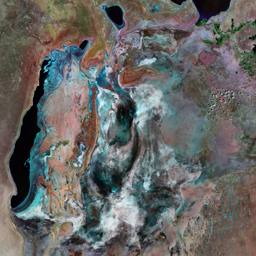

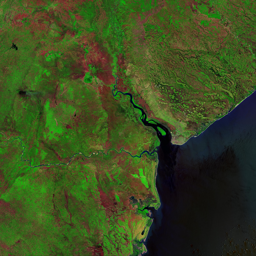


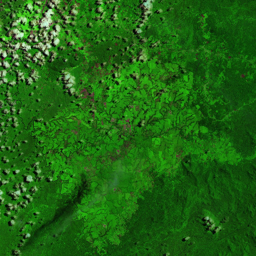

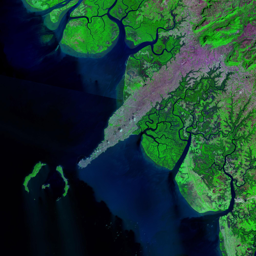
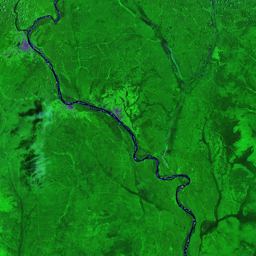
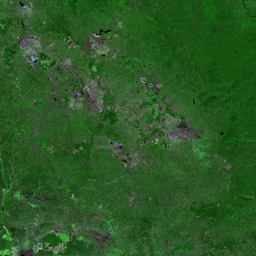
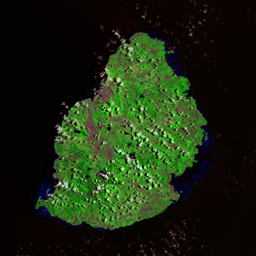
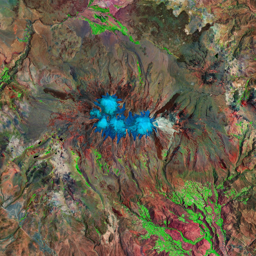


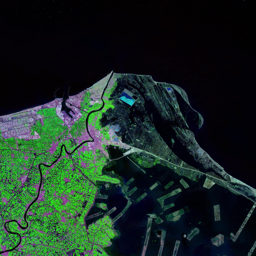
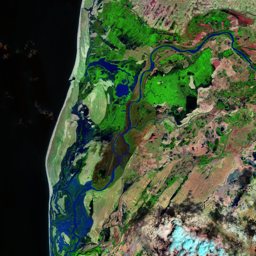


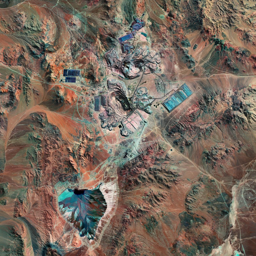
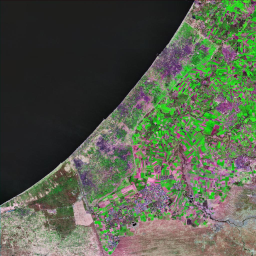



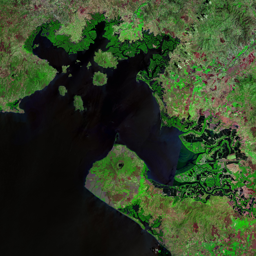

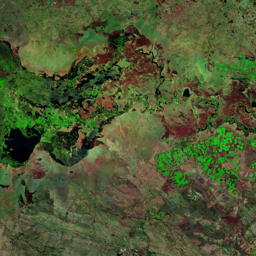
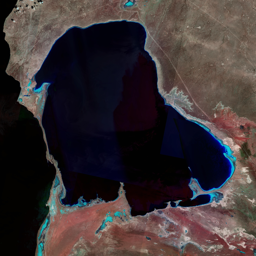
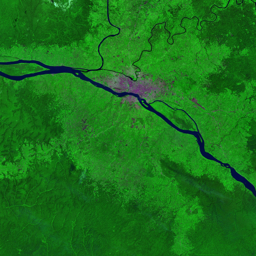


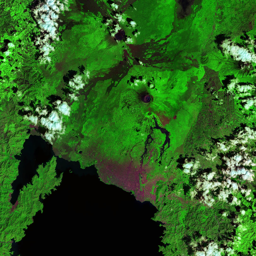

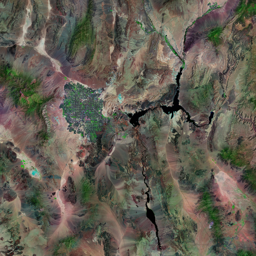
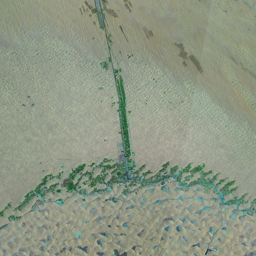
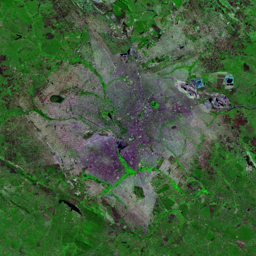
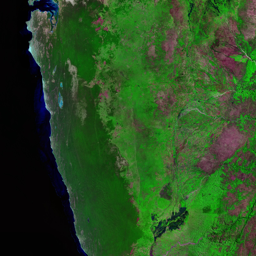


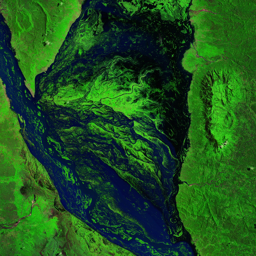







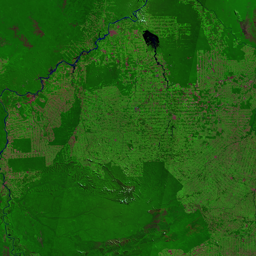
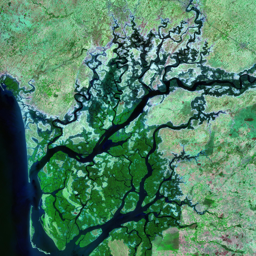
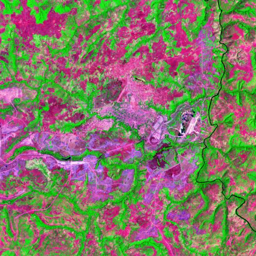
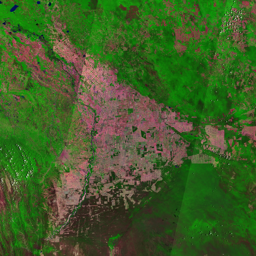
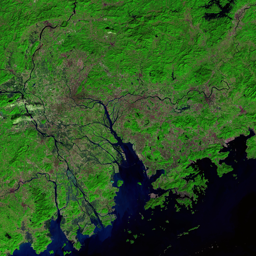

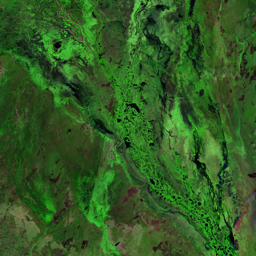



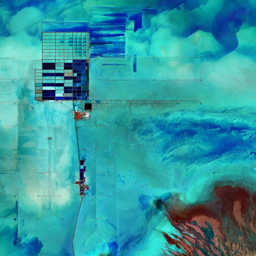
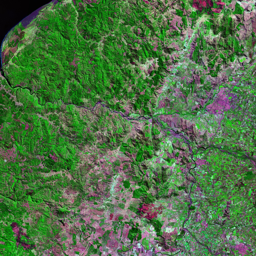

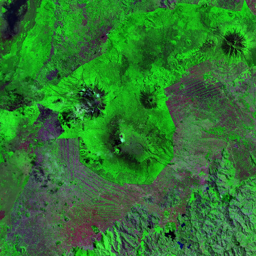
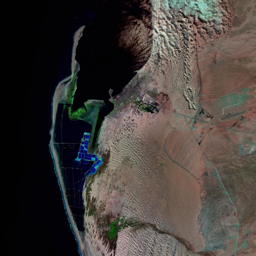

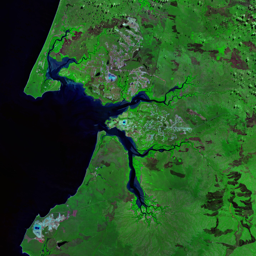
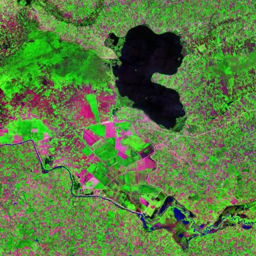
Glaciers on the summit of Mount Kilimanjaro have decreased in area by 80 per cent since the early 20th century and might be gone by 2050. While glacial retreat globally has been linked with rising air temperatures, there is evidence that the decline of Kilimanjaro's glaciers, along with changes in the boundaries of vegetation zones on the mountain, may be due in large part to a more local trend of decreasing precipitation that began in the 1880s. It has also been found that water from the melting of Mount Kilimanjaro's glaciers provide little, if any, water to lower elevation streams, as most ice is lost through sublimation; water from the small amount of melting evaporates very quickly. A greater impact on the mountain's hydrology may result from increased burning under the drier conditions since 1880. Changes in the hydrological and ecological functioning of Kilimanjaro impact a growing population living on and around the mountain.
Use shift + scroll to zoom the map
Use shift + scroll to zoom the map